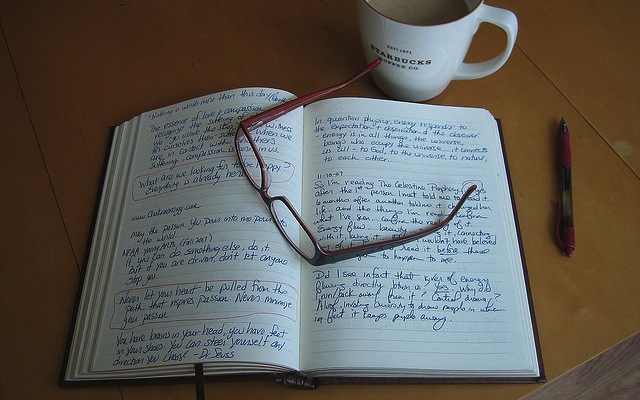InvincibleViolinist.com Song of the Month
June 2017: Bach Peasant Cantata Part 3 – Left Hand Practice
Update: Over the last couple of weeks we’ve focussed on preparing a practice of Bach’s music. View and/or download these related resources at this link.
Already this month we’ve created a clarified vision of our final musical result and instilled a bit of variety in our Peasant Cantata bow strokes.
It’s great to divide our practice into these discrete but related activities. This “simplify” strategy creates an atmosphere of ease around our practice time.
I can say unequivocally that a practice defined by ease will always connect you to your instrument (and your life) in a more mindful and joyful way.
Said more simply: with easeful practice, your skills and enjoyment will both improve while boredom and struggle fly out the window.
Continuing with the simplify strategy, this we’ll discover to play the Bach with improved left hand intonation. We’ll learn practice tactics that give us better control over pitch.
The ability to play well in tune is a hallmark of good musicianship. Every level of violinist from novice to professional needs this in her toolkit.
Luckily, Peasant Cantata, draws upon a relatively modest palette of pitches. We only need to control a single finger pattern within the A major scale. That’s great news, since the A major scale is perhaps the most accessible in all of violin technique.
Instructions
- Begin by placing your fingertips in a row, lightly on a pencil. Think “light touch” as if typing on a keyboard. Learn the A major scale pattern by gliding your 1st and 4th fingers along the pencil. I also call this the “red” pattern in my full course.
- On the violin, balance the 3rd finger on the A string in its approximate normal position. Then spread the fingers into the red pattern as noted above.
- Use the plucking match to fine tune the pitch of the 3rd finger note (D) by matching to the open D string. You can pluck both together until they sound like a single pitch.
- Keep your hand comfortably stretched in the red pattern while you bow the “twinkle” rhythm up the scale from open A up to the 3rd finger. Use a full rich tone.
- Follow the same pattern up the E string. You have now completed the A Major scale.
- Once you’re comfortable with all the pitches, use the twinkle rhythm to perform all the notes of the Peasant Cantata, one after another.
Tips:
- The second finger will be right next to the third. If you have thick fingers, 2 and 3 might even be touching.
- The first finger will stitch back quite considerably from the second. You can test the pitch by playing it alongside an open E string.
- While “twinkling” though the cantata, begin with small groups of notes, then later expand until you can comfortably play through every note of the piece in sequence.
By separating the pitch from other challenges in this music, we can create more ease when later adding back other elements of the music.
This would also be a great time to review last week’s bowing practice on open strings. At our upcoming live class, we’ll begin to reassemble all the elements of the piece into a unified performance.
Register for the Free June Class
Create a violin practice that really works! Learn how to bring a joyful ease to your practice in my next live online class on June 24, 2017. The June class is The Violin: Your Companion Along the Journey to Becoming Fully Awake and Alive.
Click here to register for the June class.

